Automated Basketball Scheduling and Monitoring System – Methodology
This article discusses the methodology of the Automated Basketball Scheduling and Monitoring system as well as the step-by-step processes happening in a basketball tournament.
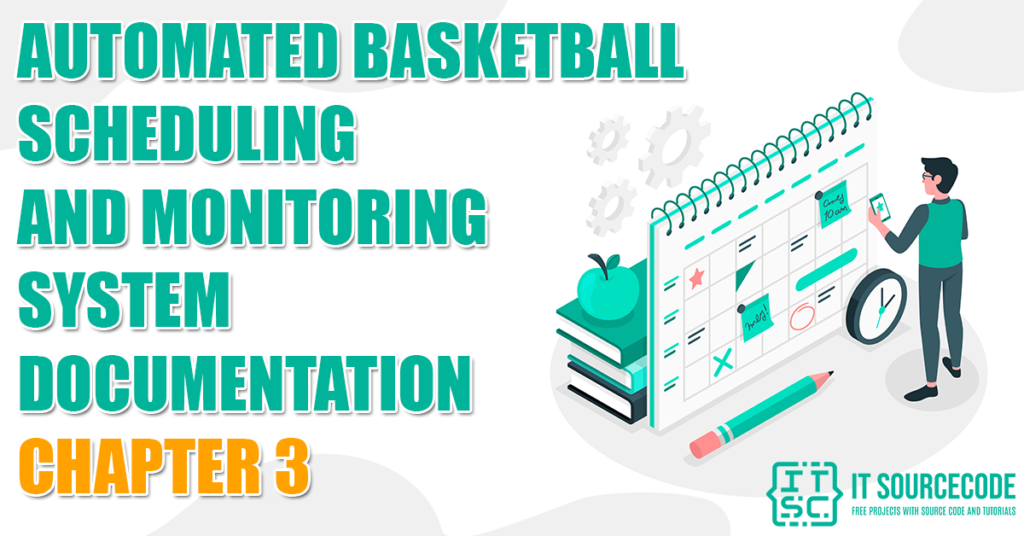
Below is the list of Outline of Automated Basketball Scheduling Chapter 3 | Methodology
- Methodology
- System Development Life Cycle(SDLC)
- Use Case Model
- Activity Diagrams
- Context Diagram
- Dataflow Diagrams
- Entity Relationship Diagram
- Architectural Diagram
- Hardware and Software Requirements
SYSTEM DEVELOPMENT LIFE CYCLE (SDLC)
SDLC – System Development Life Cycle defines the process of developing a proposed system. It consists of different stages or methodologies which will be a guide in processing the development of a system.
In addition to this, the SDLC as the structure and the development of the system will be done by the team within the software organization.
The life cycle of the system development will describe the developing and maintaining processes of the proponent system and also the replacement of the specific system.
Automated Basketball Scheduling and Monitoring System RAPID APPLICATION DEVELOPMENT
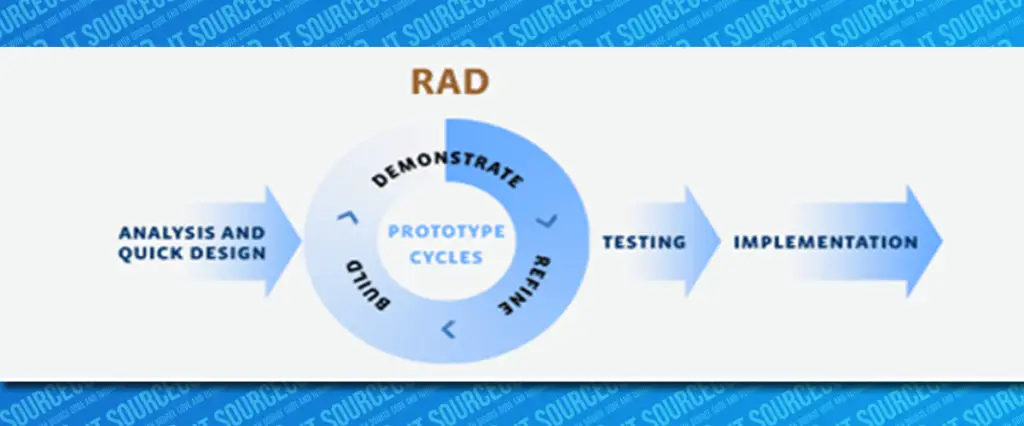
The RAD (RAPID APPLICATION DEVELOPMENT) methodology is the basis for the process of the Automated Basketball Scheduling System. This also helps the researcher on how to start the processing up to finishing it.
The system chose to use this as the method of development because of its concept that can help in the step-by-step processes of the study.
This development diagram allows the proponents to review its steps in development through the prototype applied. All in all, this Automated basketball scheduling system methodology will help the process of building it to be a well-polished and functional system.
Analysis and Quick Design
In this phase, the process is about interviewing the problems in handling basketball tournament activities to gather information for the design of the system. This phase also discusses the analysis in designing possible features and functionalities in this phase.
Demonstrate
In the demonstrate phase, the information gathered is evaluated. This phase values the information and then formulates a solution that will answer the needs of the user, by this activity you will be able to initiate the finalization of the features of the proposed study.
Refine
In the refine phase, the process starts with the refining of the system’s information in all aspects before building it. Researchers should make sure that every step of the development of the study was correct to avoid unnecessary events while building it.
Build
In this phase, the system is already in the state of building the designed study. The researchers used PHP for the building of the web-based system for managing the basketball tournament and MySQL platform for the development of the database.
Testing and Implementation
In this phase, the system already has the full finished project that will be evaluated. This will also be the time that the end-users manipulate the system and know how this System helps the target users. The researchers use some questions to the users regarding the effectiveness and efficiency of the system.
Use Case Diagrams
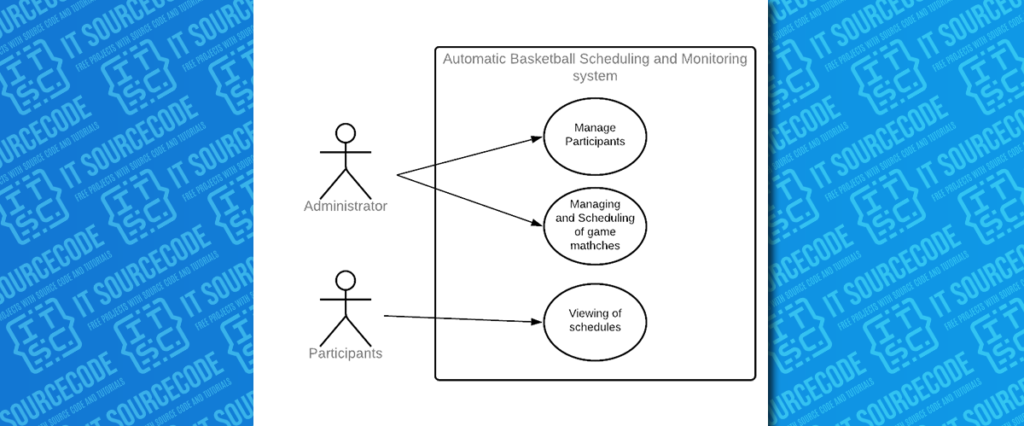
This general use case figure shows the main functions of the basketball tournament which is the basis for the system’s work and its guide to the step-by-step process as it will be breakdown into specific use cases.
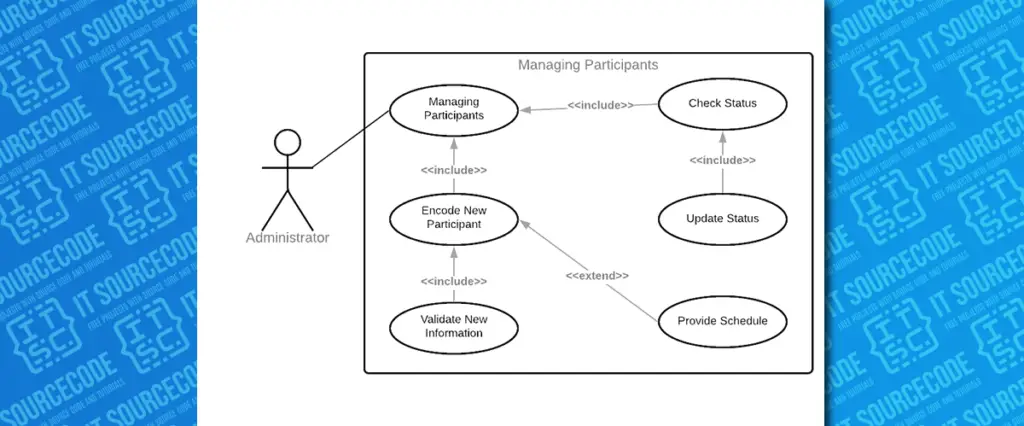
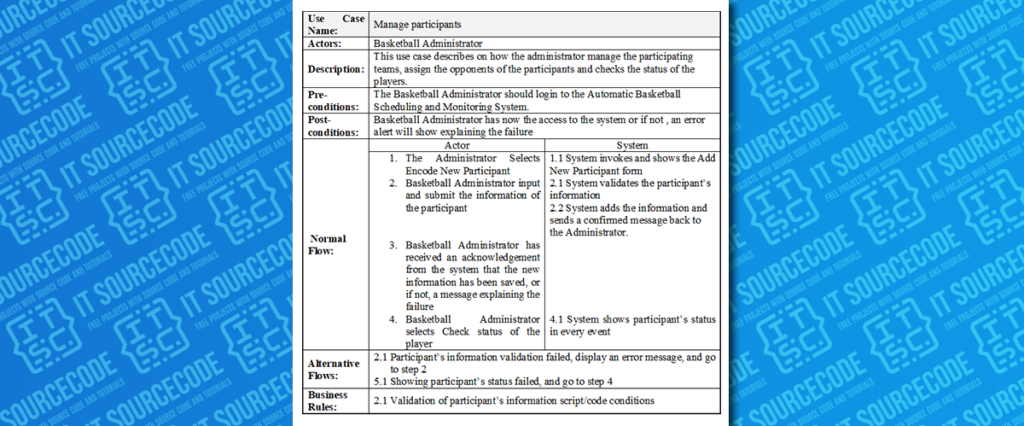
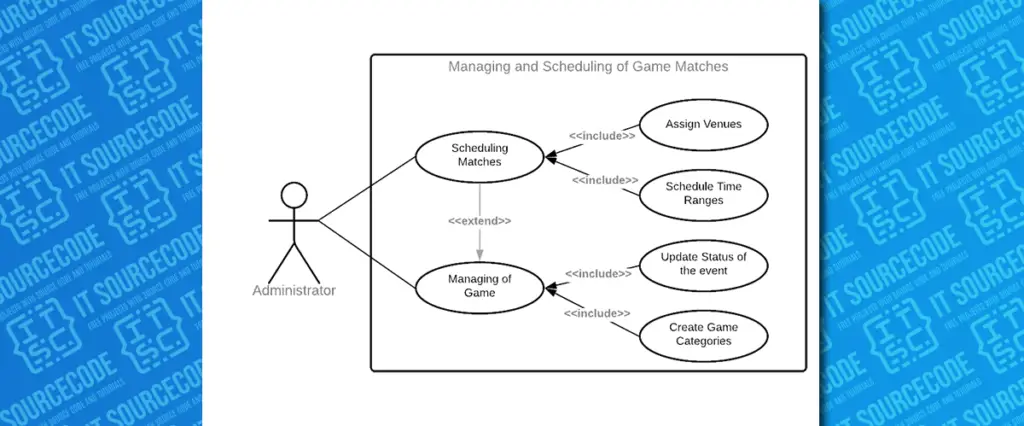
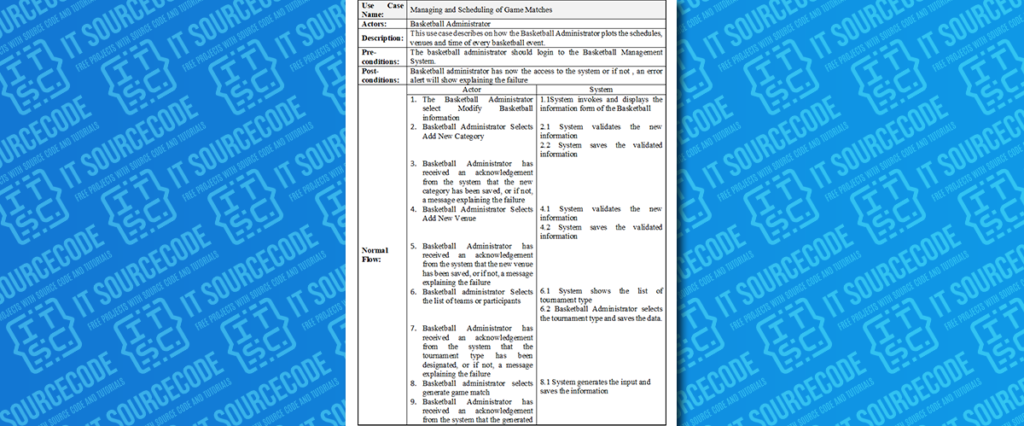
Activity Diagram
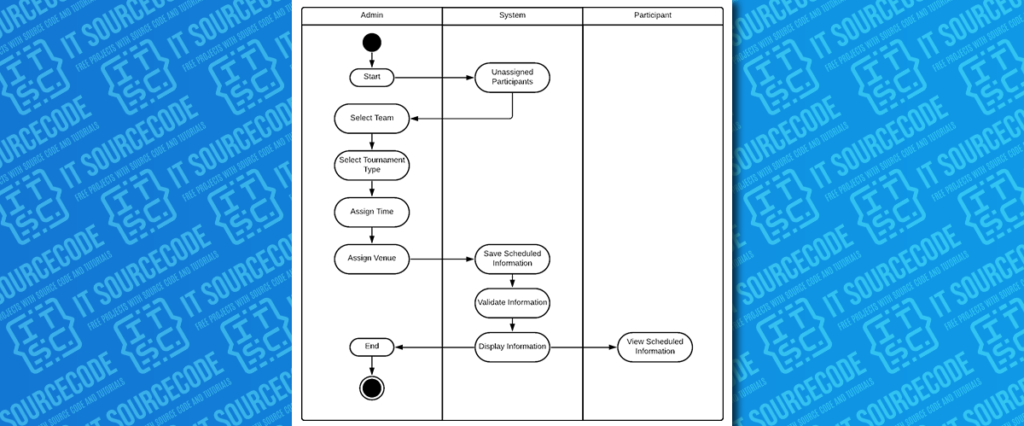
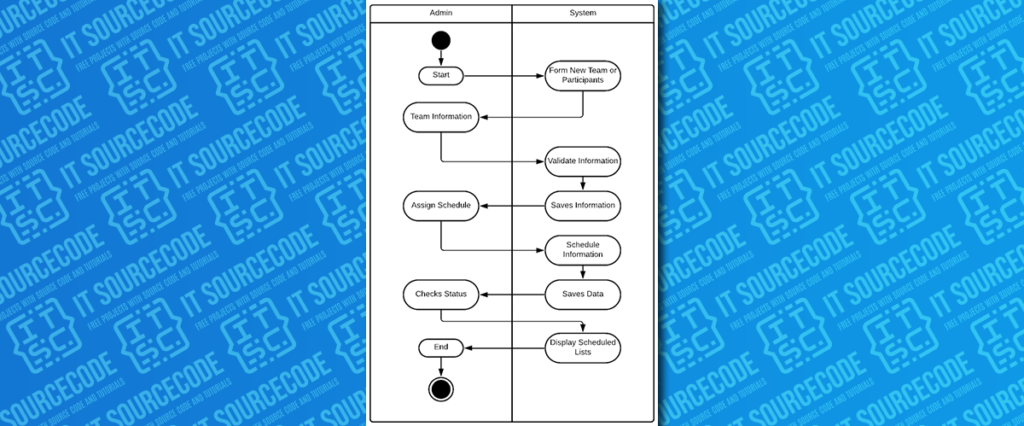
Context Diagram
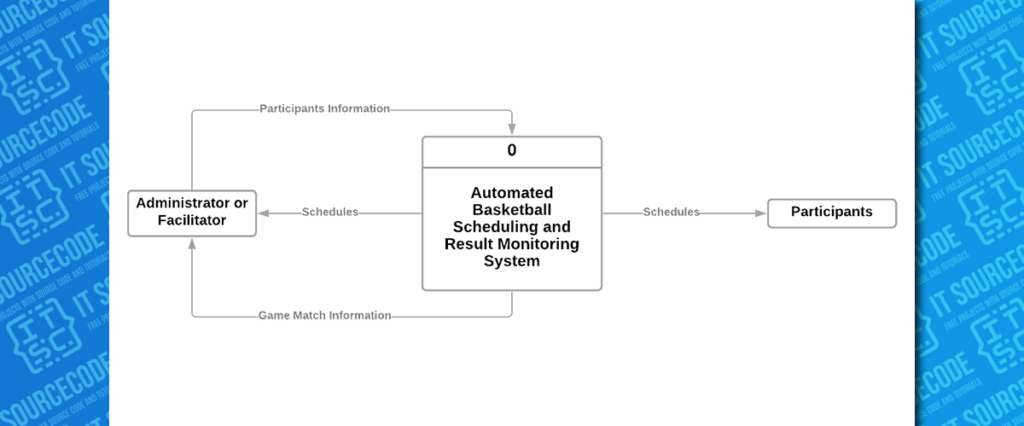
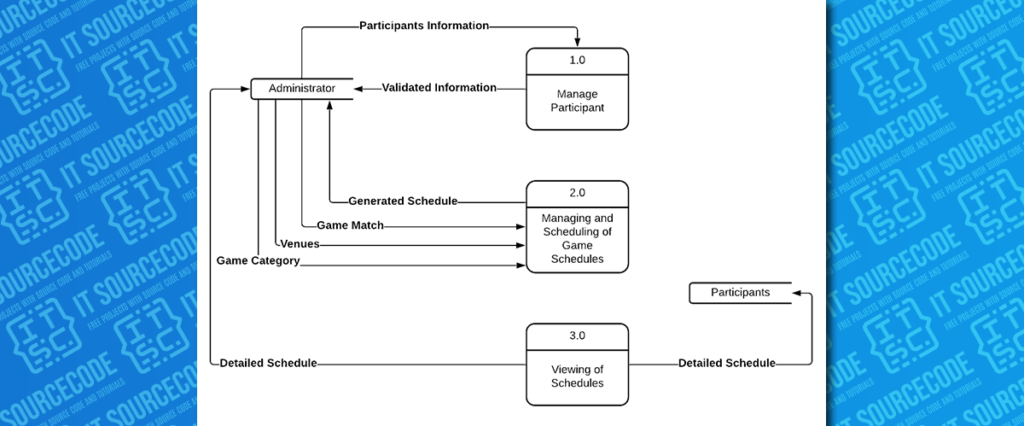
Data Flow Diagram
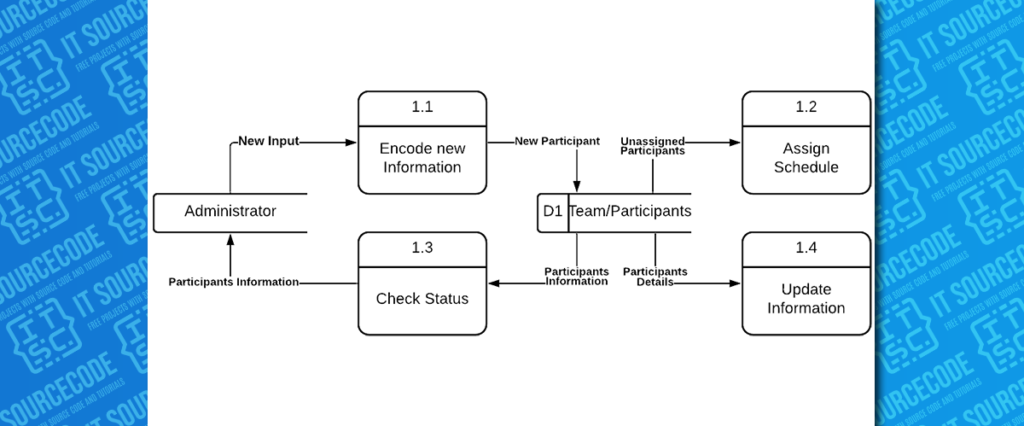
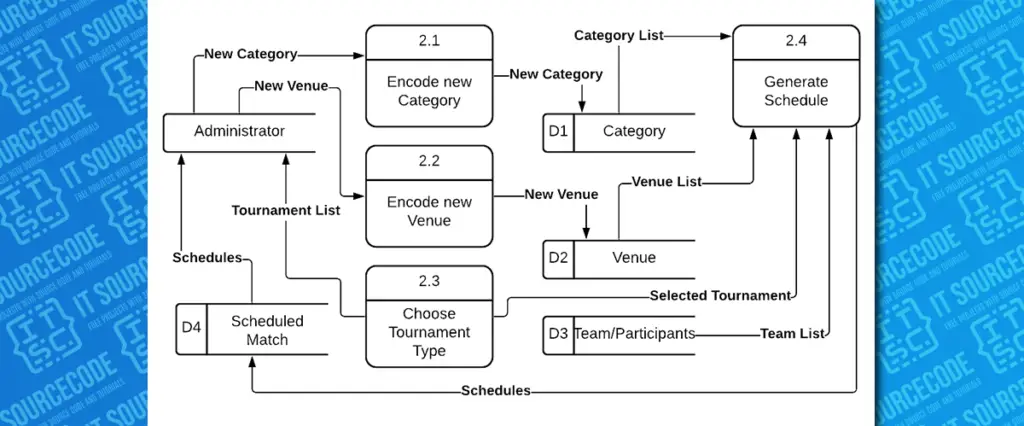
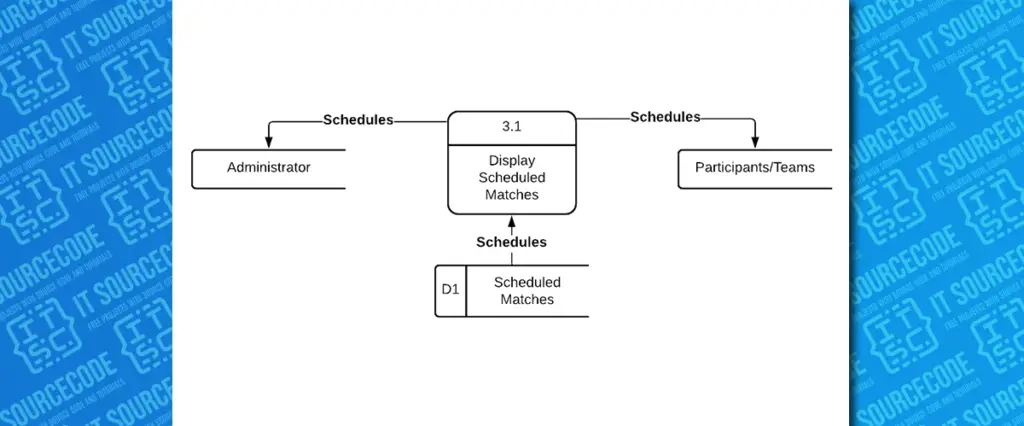
Entity Relationship Diagram
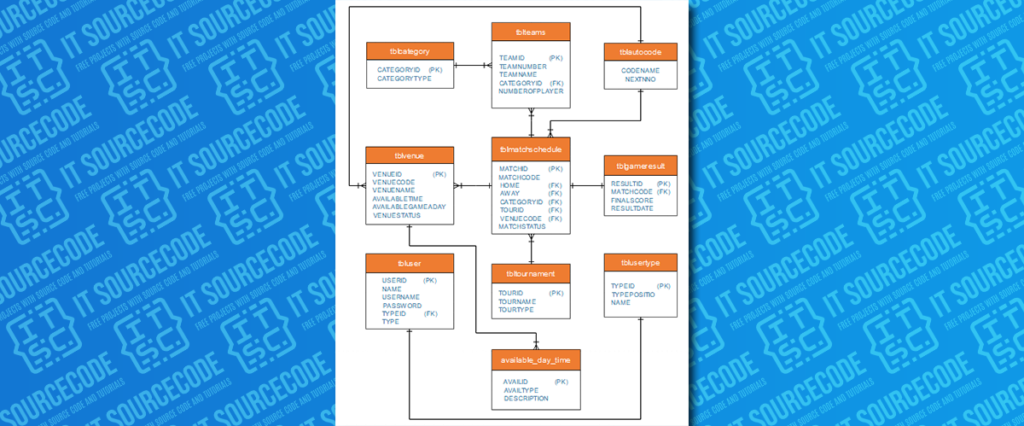
Architectural Diagram
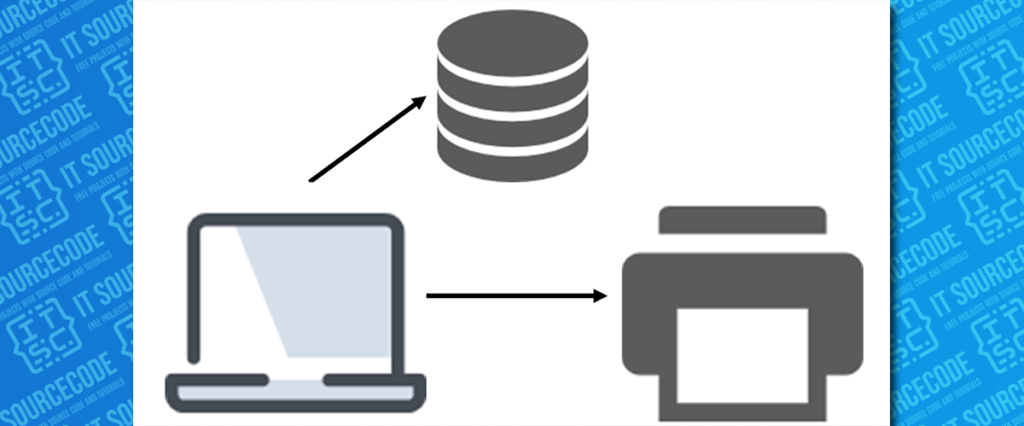
Hardware and Software Used for Developing The System
Hardware Specification for System Development:
The hardware specification that was used in developing the system are:
- Processor: Intel® Celeron® CPU N3060 @ 1.60GHz 1.60
- System Type: 64-bit operating system, x64-based processor
- Memory (RAM): 4.00 GB
Software Specification for System Development:
The software specification that was used in developing the system are:
- Windows 10 Pro
- Sublime Text 3
- XAMPP v3.2.2
- Chrome/Edge
Hardware Specification for System Requirements:
Here’s the hardware specification that the system requires:
- Processor: Intel® Celeron® CPU N3060 @ 1.60GHz 1.60
- System Type: 64-bit operating system, x64-based processor
- Memory (RAM): 4.00 GB
Software Specification for System Requirements:
Here’s the hardware specification that the system requires:
- Windows 10 Pro
- Chrome or Edge
Related Article
- Automated Basketball Scheduling – Chapter 1
- Automated Basketball Scheduling – Chapter 2
- Automated Basketball Scheduling Chapter 4 Documentation
- Automated Basketball Scheduling – Chapter 5 Documentation
- Online Supply and Inventory System Thesis Documentation Chapter 1
- Online Restaurant Management System Documentation Chapter 1
- Order Management System Thesis Chapter 1
- Sales and Inventory System Documentation Chapter 1
- Online Restaurant Management System Documentation Chapter 1
Inquiries
If you have any questions or suggestions about Documentation – Chapter 3, please inform me by your comment below.

